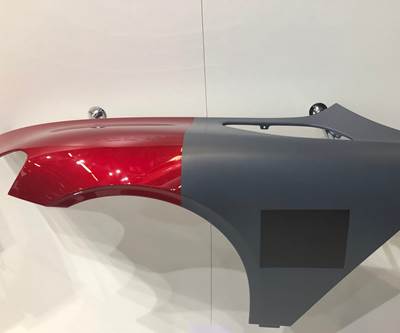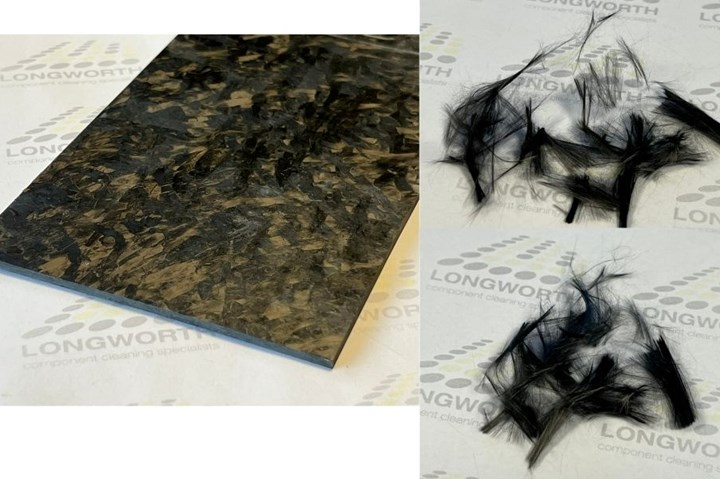
Before and after: DEECOM recycling process. U.K.-based Longworth originally developed its pressurized steam-based DEECOM process for cleaning polymers from metal. Now, the process has been shown to effectively separate resins and fibers from composite waste or end-use parts (like the panel shown at left) leaving high-quality fibers and, potentially, resins for reuse (right images). Photo Credit, all images: Longworth
Today, companies face more pressure than ever to adopt a recycling or reuse solution for manufactured components at the end of their lifespans, including waste-free production processes or a way to reuse manufacturing scrap. For composite components, the recycling question is inherently complicated, since the manufacture of composite parts involves a combination of two very different materials. Is it possible to reclaim the fiber and resin materials out of a finished composite component? If so, what properties do they exhibit, and what could they be used for? If not, how can entire composite components be recycled, and what are their properties and uses?
To date, the most common methods of recycling composite components and materials are pyrolysis (flame-based) or thermolysis (heat-based), solvolysis (chemical-based), hydrolysis (water-based) or some type of mechanical process (chopping or shredding whole parts for reuse, etc.). The end product for most of these processes is a fiber with reduced mechanical properties (the resin having been burned or chemically melted off), suitable for chopping up for potential reuse as a filler, in a nonwoven, a mat or perhaps in injection molding or spray-up applications.
Longworth (formerly B&M Longworth, Blackburn, U.K.) is one company promising a new method for reclaiming both near-virgin-grade fibers and resins. Called DEECOM, the process uses high-temperature steam and pressure to separate and reclaim materials. After a decade of development and proving out the technology, the company is ready to launch DEECOM commercially for composites recycling this year.
Developing DEECOM: From parts cleaning to composites recycling
Since the 1970s, Longworth has provided cleaning solutions for the polymer manufacturing industry. For decades, the reigning solution for cleaning polymers from metal manufacturing components like stainless steel fine mesh filters employed the use of solvents like triethylene glycol (TEG). In the early 2000s, company chairman John Norris, his son Peter Norris and the Longworth team realized that a lot of the chemicals used in the company’s cleaning systems were difficult for customers to dispose of properly and could be dangerous if released into water sources or other improper channels. The company decided there needed to be a way to remove solidified polymer melt from metal components without the use of harsh chemical solvents.
The process Longworth patented in 2004 was called DEECOM — for “decompression” — and uses a combination of high-temperature steam and a pressurized chamber to clean polymers from steel without the use of any chemicals, just water and steam energy.
According to Jen Hill, director at Longworth, the process worked better than expected. Longworth originally thought DEECOM would be able to melt some of the polymers off the metal, which would mean less TEG or other chemicals would be needed to remove any remaining materials. “But it completely cleaned it, and there was zero damage to [the steel mesh],” Hill says. “We started applying DEECOM throughout that industry for that application, and we were quite happy with the results. It’s given us a competitive advantage for 20 years, with customers around the world.”
Then in 2007, Professor Peter Millington from the University of Manchester (U.K.) was visiting Longworth’s facility and opened the company’s eyes to DEECOM’s potential application in composites recycling. “He said, ‘You’re completely overlooking the fact that this isn’t just a cleaning solution, you’re actually reclaiming, you’re separating polymer from whatever else happens to be in the chamber,’” Hill recalls.
the deecom process
Longworth began connecting with composites industry leaders and OEMs to assess interest in the technology. In 2011, the company started collaborating with Boeing’s Charleston, S.C., U.S., facility, for which Longworth ran trials of the DEECOM technology using carbon fiber composite fuselage sections from the 787. The results were then tested and validated by Clemson University (S.C., U.S.). Though the results have not been made public, Hill says this was the first time Longworth realized just how well its process worked for composites recycling, producing an end fiber with mechanical properties comparable to the original virgin, aerospace-grade carbon fiber.
Still new to the composites industry, Longworth spent the next several years on in-house R&D, testing and optimizing a version of its DEECOM process specifically for use in composites recycling. The company applied to patent DEECOM as a waste recycling process in 2012, and this was first accepted in China in 2017 and subsequently in other territorites such as the U.S. and Europe.
Most recently, Hill says Longworth has been working to further validate the results of its process, through U.K. government-funded projects and partnerships with universities and research organizations like the National Composites Centre (NCC, Bristol, U.K.). “You need extra validation from the industry when you’re entering with something very innovative, and when you’re going up against technologies that have been invested in and relied on for decades. It’s not a case of taking our word for it anymore,” she says.
The DEECOM process
The first iteration of the DEECOM system is set up to process waste in batches. The part to be recycled is fed into the top of a large pressure vessel. Saturated steam is piped into DEECOM’s heating system, superheated to at least 400°C (752°F), and then enters the pressure vessel. While the superheated steam is still present, the vessel is pressurized by at least 0.5 bar above atmospheric pressure and goes through several cycles of compression and decompression — the frequency and intensity of the cycles depends on the properties of each material. In practice, each decompression separates more of the resin from the fiber.
The resin, now a gas or liquid depending on the type of resin and its reaction to the process, drops down into a collection area, and the fibers are left as intact as they can be, Hill says: “It’s not bent, damaged or burnt, it’s literally just cleaned. It’s in the exact same state as when you put it in, the same length and everything.” The only other waste output is steam expelled via a chimney. This steam can be captured for heat reclamation if required, further reducing the process’ environmental footprint.The timing of the overall process depends on the number of compression/decompression cycles needed for a particular part.
The three key process parameters are temperature, pressure and time — and these change for each mix of materials and the size of the part or material being processed. “Any mix of those three parameters gets you a very different result. We’ve found that even one degree of difference can completely change the results,” Hill says.
In addition, the company has recently developed a continuous system to serve as an efficient alternative option to the batch process. This, Hill says, was designed during the pandemic quarantine. “The R&D team were instructed to work from home, resulting in two new patents,” she says.
In the continuous system, cured or uncured parts are continuously fed via a screw through the system, where they are moved through a series of chambers for compression and decompression according to set parameters. This more efficient option would be ideal, Hill says, for recycling facilities that need to recycle large amounts of composite scrap. The system is believed to be able to process on par with traditional pyrolysis systems — with, she notes, less environmental impact. Manufacturing facilities that do not need continuous feed capabilities may be more suited to the batch option.
The DEECOM process is generally material-agnostic; however, one challenge to all types of composites recycling is that the process is highly dependent on the chemistry of a particular resin and a particular part. “Every time a resin supplier tweaks something, or improves a curing agent, for example, it changes how it processes,” Hill says. “To achieve full circularity within this industry, we need to work with the resin producers to embrace a ‘design for disassembly’ ethos, rather than have sustainability and competitive advantage in conflict.”
Because Longworth wants to keep the carbon footprint of DEECOM as small as possible, the company continues to make improvements to optimize the process so that only the needed energy and water are used. Hill explains, “Because it’s a batch process, sometimes we’re not sure whether it’s finished and ready in an hour, or if it needs another three hours or whatever the case is. We have academic partners doing projects to work out at what point in the cycle the magic happens.” The process could also be made more sustainable if a customer chooses to use renewable energy to power the equipment, and if the customer captures and reuses the heat and energy that is released during the process. Future R&D will look at whether reused or desalinated ocean water can be used, as well.
Market launch and continuing R&D
Through a new partnership with global equipment supplier to the composites industry, Cygnet Texkimp (Wincham, U.K.), Longworth plans to begin selling DEECOM units in Q2 2022. Three general sizes of batch units and a continuous unit option will be available, though Hill notes that each unit ends up being different based on the customer’s needs.
The company anticipates that the technology shows the most potential for manufacturers looking to reclaim and reuse their own manufacturing scrap, and composites recyclers looking for cleaner, large-scale solutions. One key to purchasing a DEECOM system, Hill notes, is having a use in mind for the reclaimed fiber. For example, companies using chopped fibers in sheet molding compound (SMC) could find cost savings in DEECOM’s recycled carbon fiber (rCF). An ongoing life cycle analysis (LCA) project is being performed to identify additional applications.

Clean, intact carbon fibers. These microscope images show that the carbon fibers from recycled X-ray sheets showed no leftover residue after DEECOM processing.
For recyclers, DEECOM could be an alternative to pyrolysis, or it could be used alongside pyrolysis. From the results shown so far, Hill says that Longworth is optimistic that DEECOM could help a fiber to be reused for two to three lifecycles before its usefulness is diminished. She acknowledges, however, that Longworth’s system is just one of many options, and the ideal solution may depend on the material.
In addition, Longworth is looking to partner with customers interested in reclaiming both fiber and resin. “Most people don’t want us to [reclaim the resin] because the value is in the carbon. But what we’d like to see is somebody truly interested in reclaiming the resin as well, because that brings us to true circularity, which was the point of the innovation,” Hill says. As with fiber, the value of reclaimed resin will depend on the value of the virgin resin, thus higher performance and aerospace-grade resins will be most attractive initially.
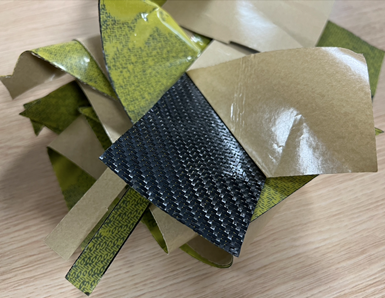
Medical X-ray panel recycling. These prepreg carbon fiber X-ray sheets are shown before (top image) and after (bottom) processing via the DEECOM process, virtually intact.
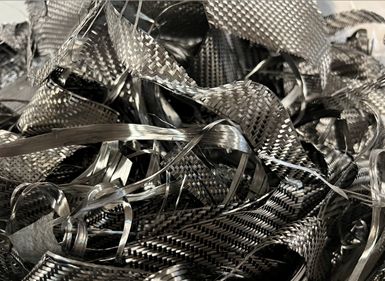
Meanwhile, Longworth will continue to work on evolving DEECOM. For example, the company is involved in several projects to understand the full value and to evaluate use cases for reclaimed fibers and resins. “We know [the fibers] come out anywhere between 80-100% clean and free from resin. We know we can leave the sizing or remove the sizing as required. What we don’t know is what of those uses are the most feasible in terms of commercial value, and which are most low-carbon, to serve as an alternative to people who really don’t need to use virgin fiber and pay the premium.”
Hill is also involved with the British Standards Institute (BSI, London, U.K.) committee writing new standards to allow for novel recycling processes in the U.K., since DEECOM doesn’t fall directly under other types of recycling like pyrolysis, solvolysis or hydrolysis.
There is a lot of work still to do, Hill admits, but she’s sure DEECOM has a role to play advancing composites recycling. She says, “For composites it certainly seems like the entire industry is ready for some new innovation. It knows it shouldn’t be pyrolyzing everything or landfilling everything and it knows that there is a worldwide shortage of carbon fiber and there will continue to be. There is an appetite for [more composites recycling], there is a hunger for it, but it needs to make sense commercially. The more uses the industry can find for consistent, high-quality rCF, the cheaper and more readily available it will become through less pressure on the virgin fiber supply chain. For manufacturers employing this technology onsite to convert their own waste, they’ll effectively have access to high-grade, consistent recycled feedstock free of charge. It’s a no-brainer.”
Related Content
Recycling end-of-life composite parts: New methods, markets
From infrastructure solutions to consumer products, Polish recycler Anmet and Netherlands-based researchers are developing new methods for repurposing wind turbine blades and other composite parts.
Read MoreThe potential for thermoplastic composite nacelles
Collins Aerospace draws on global team, decades of experience to demonstrate large, curved AFP and welded structures for the next generation of aircraft.
Read MoreThe lessons behind OceanGate
Carbon fiber composites faced much criticism in the wake of the OceanGate submersible accident. CW’s publisher Jeff Sloan explains that it’s not that simple.
Read MorePlant tour: Teijin Carbon America Inc., Greenwood, S.C., U.S.
In 2018, Teijin broke ground on a facility that is reportedly the largest capacity carbon fiber line currently in existence. The line has been fully functional for nearly two years and has plenty of room for expansion.
Read MoreRead Next
Recycling end-of-life composite parts: New methods, markets
From infrastructure solutions to consumer products, Polish recycler Anmet and Netherlands-based researchers are developing new methods for repurposing wind turbine blades and other composite parts.
Read MoreThe state of recycled carbon fiber
As the need for carbon fiber rises, can recycling fill the gap?
Read MoreDeveloping bonded composite repair for ships, offshore units
Bureau Veritas and industry partners issue guidelines and pave the way for certification via StrengthBond Offshore project.
Read More

.jpg;width=70;height=70;mode=crop)
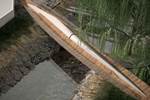
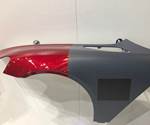




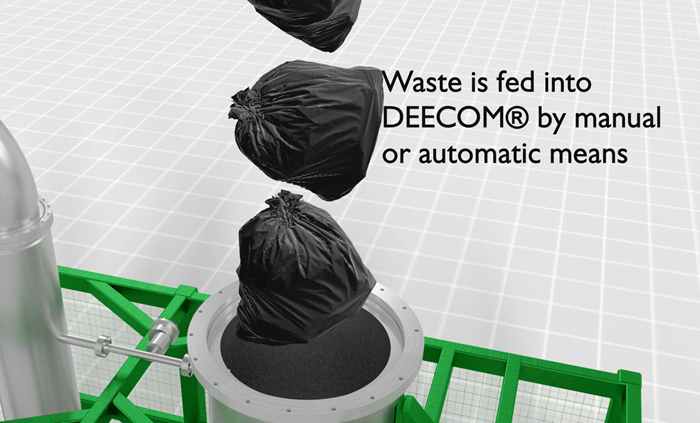
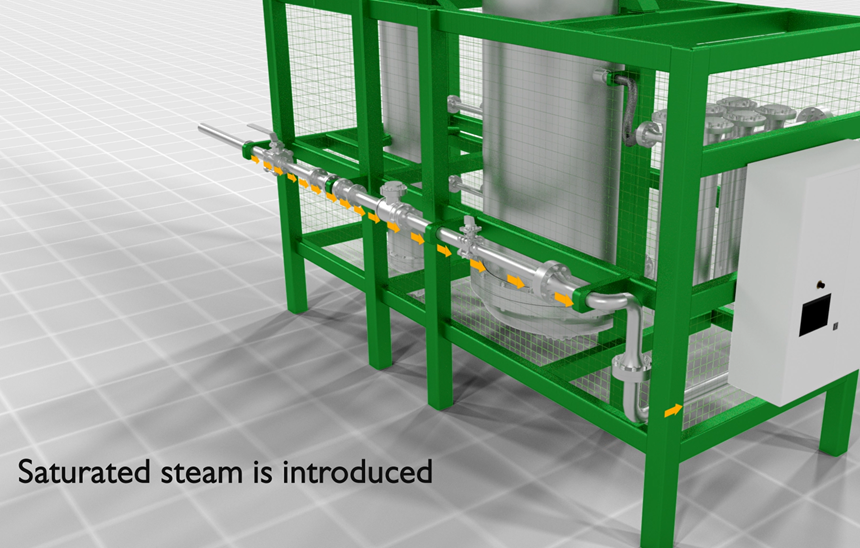
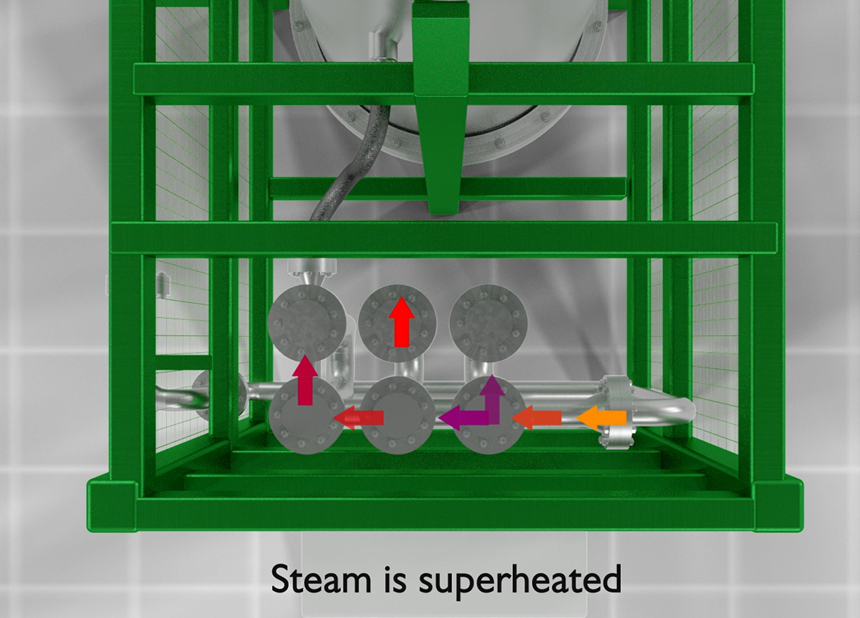
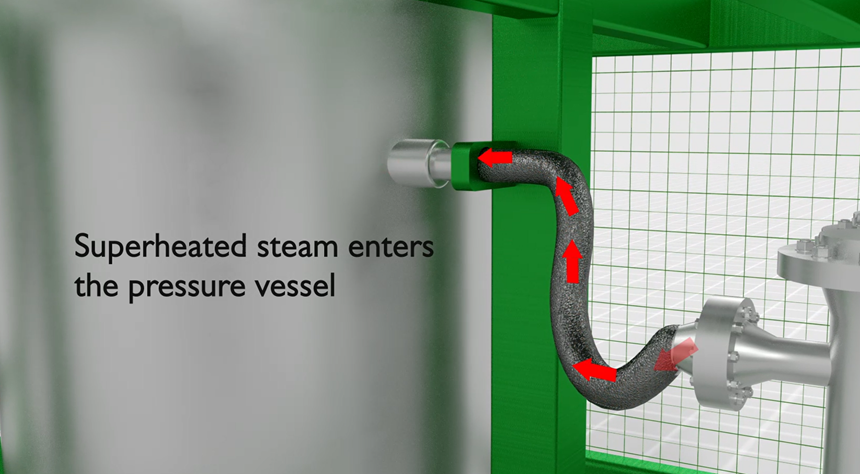
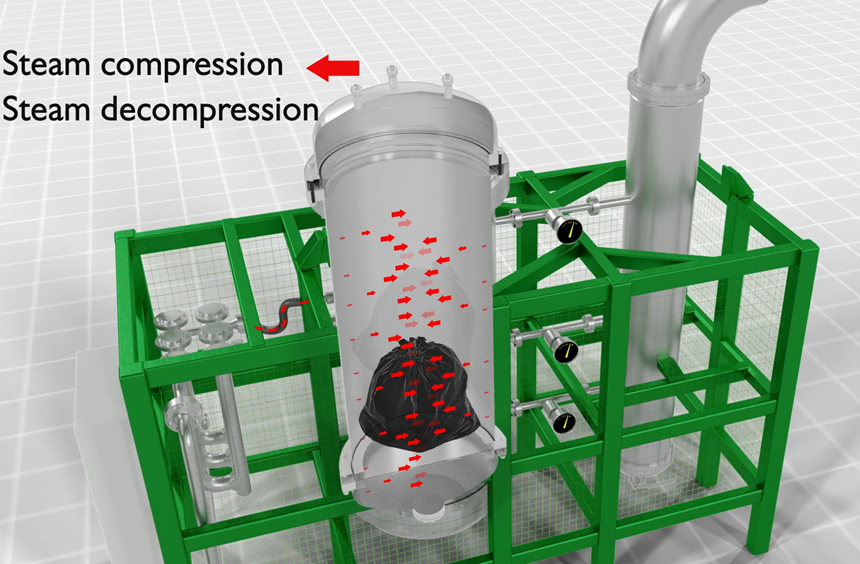
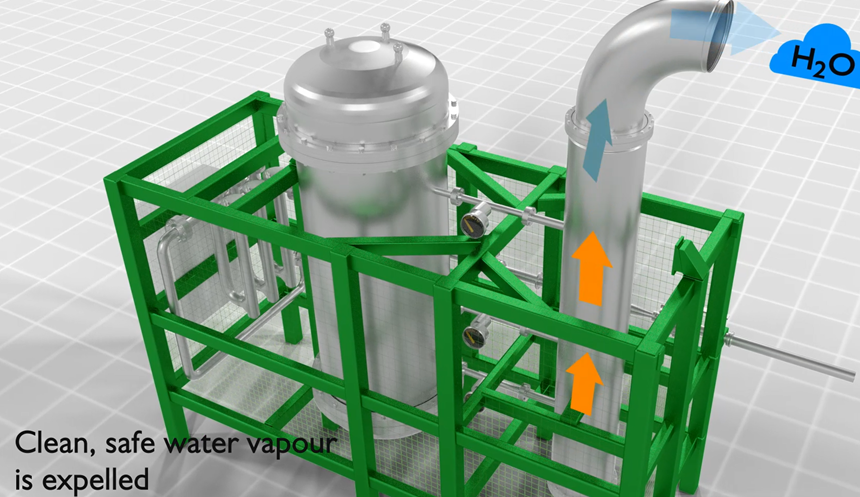

.jpg)













